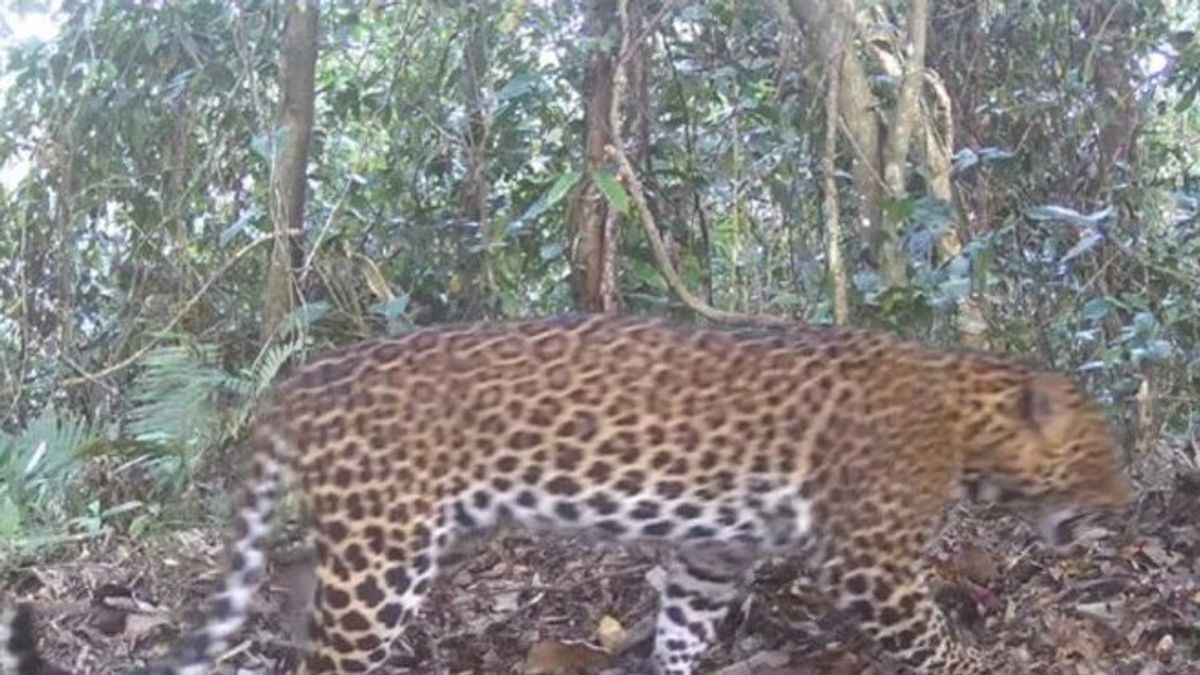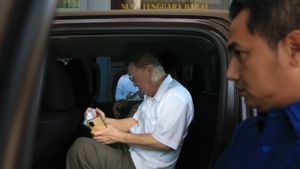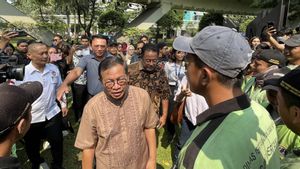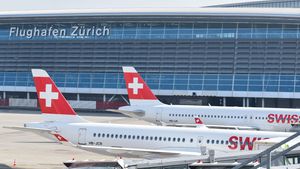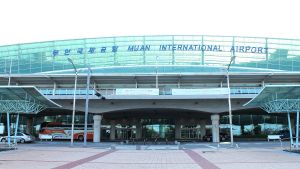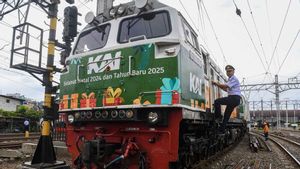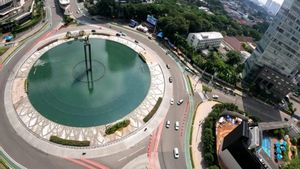JEMBER - Meru Betiri National Park installed 32 surveillance cameras to monitor the presence of a number of protected endangered animals in the national park area. One of them is a leopard.
"We have an inventory and verification program for both plants and animals. Especially for animals, we install camera traps because not all animals can be observed with the naked eye," said Forest Ecosystem Controller (PEH) TN Meru Betiri, Nur Kholiq in Jember, Antara, Friday, September 20.
According to him, there are several species of animals that rarely appear or are seen by officers and communities who enter forest areas, so that the installation of camera traps can take pictures of exclusive animals (not like to appear), are cryptic, such as large mammals that are difficult to observe directly, and nocturnal is animals that come out at night.
"The installation of camera traps has been carried out since 2017 until now with an alternating regional zone so that later all areas can be monitored by animals in the Meru Betiri National Park area," he said.
He explained that the installation of 32 camera traps in 32 locations was carried out this week, covering the Regional II Ambulu National Park Management Section (SPTN), including the Bandealit Resort and Wonoasri Resort.
"The trapping camera is installed in the jungle zone and the core zone, so it is hoped that this activity can inventory animals in the Meru Betiri National Park area, but it is possible to take pictures of new species of animals that have not yet entered our database," he said.
Nur Kholiq explained that there were approximately 40 species recorded from the installation of camera traps from 2017 to 2023 with the most types of animals being photographed being birds, including Javan eagles.
"The Javan eagle bird has been photographed down to the ground and the leopard passed through the previous camera trap footage, so it is hoped that this year's camera trap installation can also take pictures of more protected animals," he said.
SEE ALSO:
The installation of camera traps in the Meru Betiri National Park area is usually carried out for two months to get maximum results and the impact of weather such as the rainy season has no significant effect on the work of camera traps in photographing rare animals in the area.
The English, Chinese, Japanese, Arabic, and French versions are automatically generated by the AI. So there may still be inaccuracies in translating, please always see Indonesian as our main language. (system supported by DigitalSiber.id)
